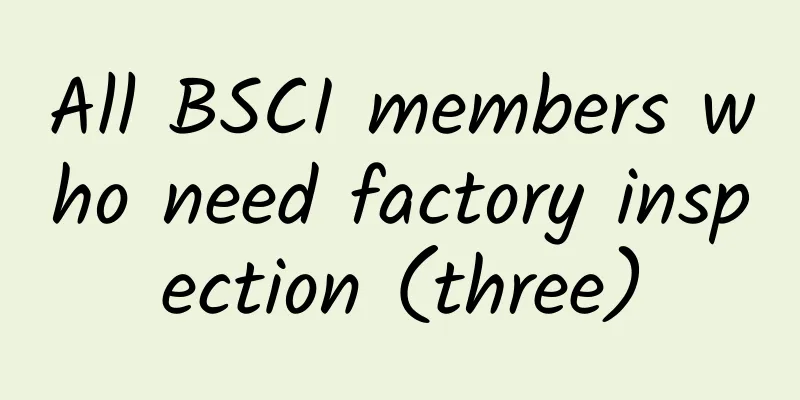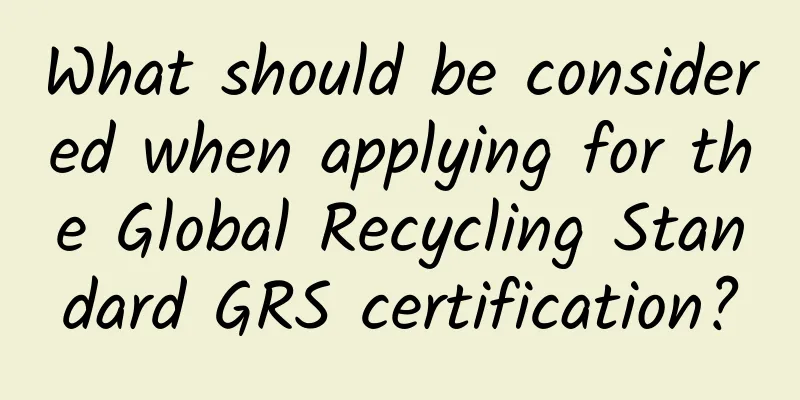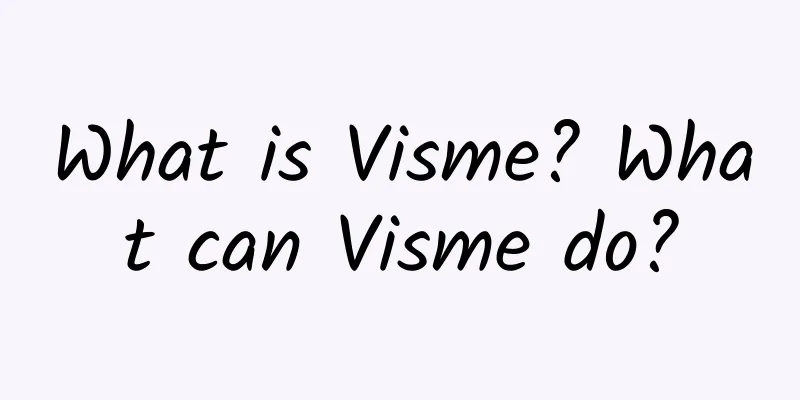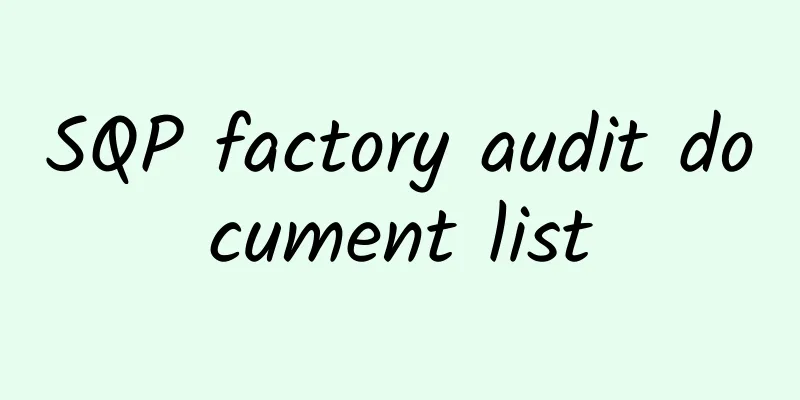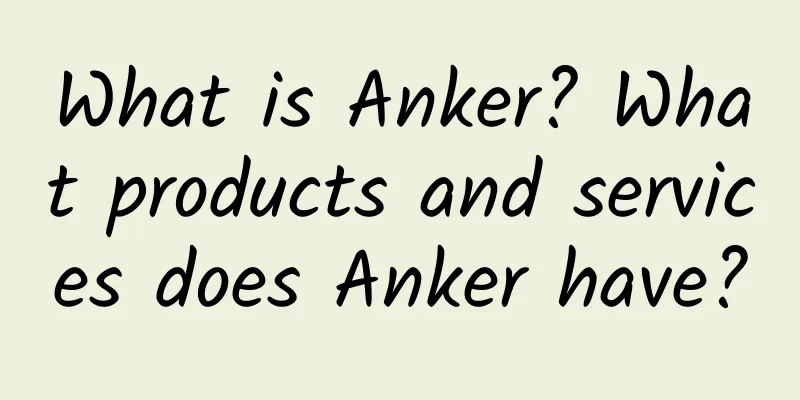SA8000 Standard 2014 Revision Content
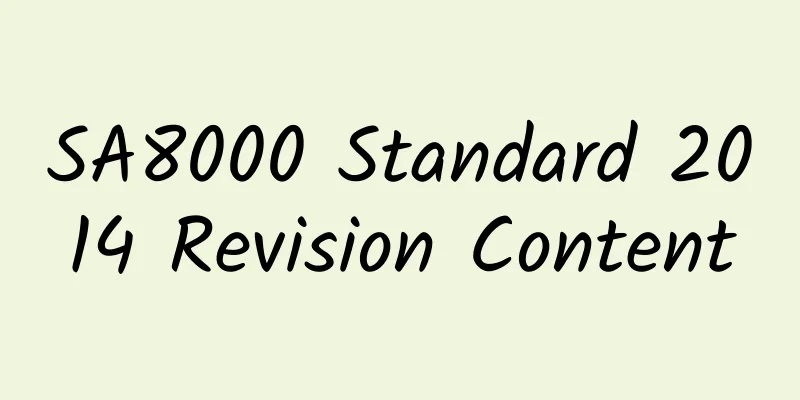
|
To ensure the continued relevance and adaptability of SA8000 certification applications, the SA8000 standard is revised every five years. This process is carried out in accordance with the ISEAL Code of Good Practice for the Development of Social and Environmental Standards. During the public consultation period, the International Accountability International (SAI) invited all interested parties to give comments or suggestions for revisions within a 60-day period starting from December 17, 2013 and ending on February 15, 2014. SAI hopes that as many stakeholders as possible can express their opinions. The comments received will help to further the revision of the SA8000 standard. From May 1 to July 15, 2013, a consultation process with subject matter experts was carried out as part of the SA8000: 2014 Revision. The information collected from this consultation was analyzed and used by the Standards Committee to guide the revision of the standard. Although the 2014 version of the standard has been officially released, SA8000:2008 is still the only standard applicable for certification. From January 1, 2015 to December 31, 2015, this year will be a transition period for the SA8000 standard. Organizations can choose to use SA8000:2008 version or SA8000:2014 version for certification. From January 1, 2016, the only acceptable social responsibility certification standard will be SA8000:2014 version. This means that starting from 2016, all old versions (2008 version) of the standard must complete the conversion work of the new version (2014 version), otherwise the certificate will face the risk of expiration. Currently, only the English version of the standard is published on the SAI website, and the Chinese version and other languages are still in the process of preparation and translation. Some auxiliary documents and resources are also under intensive development and will be officially released before the end of 2014. What items are included in the SA8000 social responsibility writing procedure system document? |
<<: SA8000 System Certification Crisis Countermeasures
>>: SA8000: Which has a greater positive or negative impact on China's exports?
Recommend
What are the issues that Shopify platform newbies need to know?
Shopify has just opened a store. What issues shou...
What is Google Adwords Certificate? How to get Google Adwords Certificate?
This certification is a professional recognition ...
FSC forest certification - a hot topic of international concern.
As a new mechanism to promote sustainable forest ...
OCS Certification Consulting Company tells you part of the audit checklist
Part of the audit checklist to prepare for OCS ce...
What is forever 21? What product categories does forever 21 have?
Forever 21 is the hottest fashion brand in the Un...
Oeko-Tex Standard 100 Certification Inspection Standards
Oeko-Tex Standard 100 certification test standard...
The EU has included 10 substances of very high concern (SVHC) in its list
On September 1, 2014, the European Chemicals Agen...
What is LightInTheBox? How to open a LightInTheBox store?
In March 2007, LightInTheBox was officially launc...
Oeko-Tex Standard 100 Certification Audit Product Classification
How is the Oeko-Tex Standard 100 certification au...
eBay personal store opening process and precautions
A reader asked me, what is the process of opening...
Getting Started with Google Ads! How to use Google Ads as a newbie?
Online advertising with Google Ads is one of the ...
What is a human rights factory audit?
The main contents of human rights factory audit 1....
4 reasons why Walmart ES factory inspection will give you a yellow light for the first time
Many companies expect to get a green light when t...
RetailMeNot - "Online Marketing" About Coupons
What is RetailMeNot? RetailMeNot is a corporate s...
How to use Google AdWords tool? What are some good ways to use it?
Before we look at how to use Google AdWords, let’...

